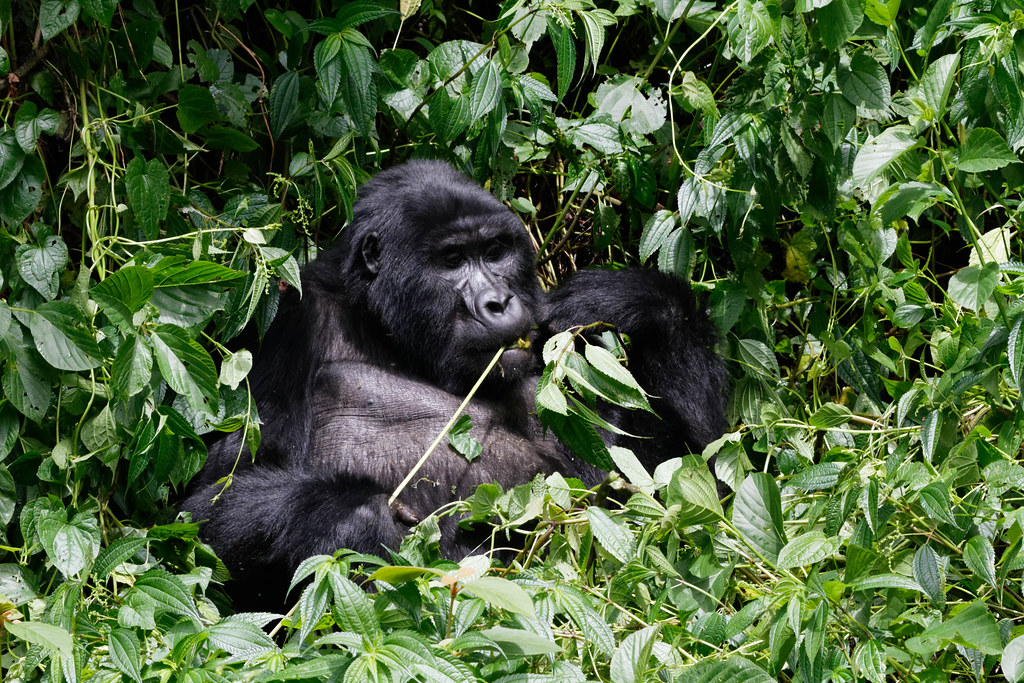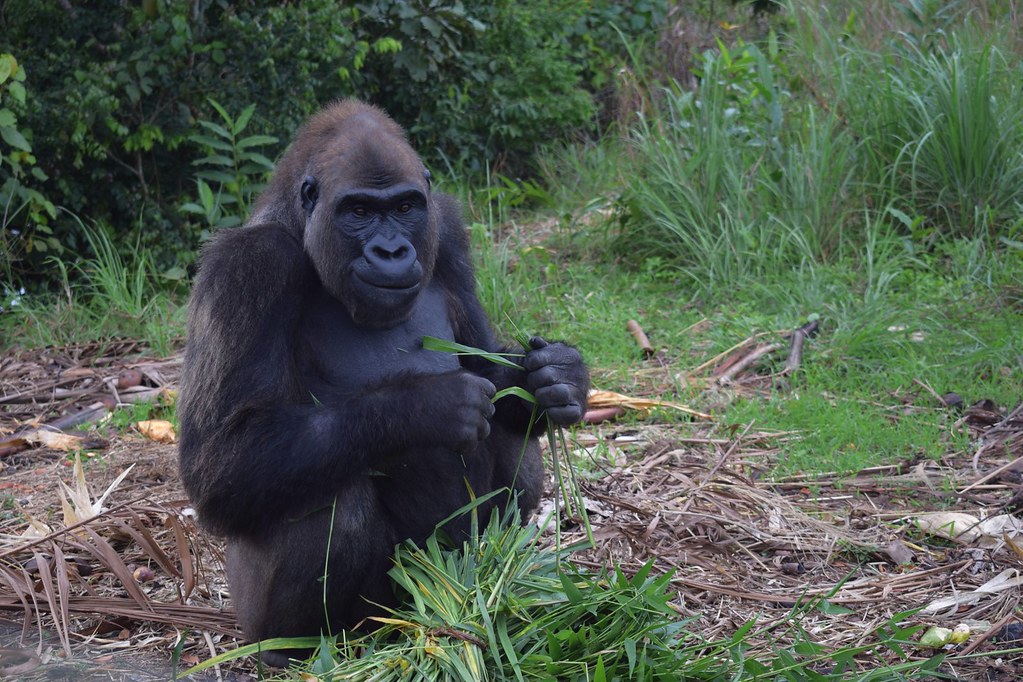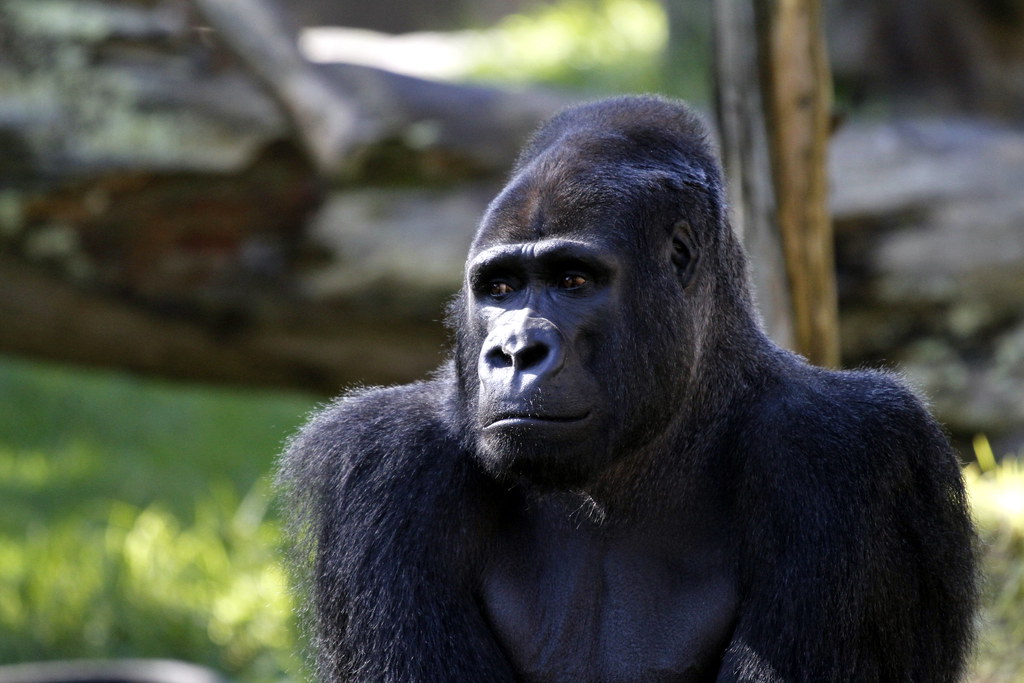Gorilla Trekking
Explore Gorilla Trekking In Africa
Gorilla trekking in Africa is one of the most rare and humbling wildlife experiences you can have on this planet. It’s not about the number of animals you’ll see or the luxury of your lodge—it’s about that quiet, powerful moment when you come face to face with a creature that reflects so much of yourself. That’s why gorilla trekking stands in a league of its own. What makes it even more remarkable is that there are only a handful of places on Earth where you can do it—Uganda, Rwanda, and the Democratic Republic of Congo (DRC). Each destination offers something unique, from terrain and climate to trekking difficulty and conservation efforts. Below is a full, realistic guide to gorilla trekking in all African countries where it’s possible.
What Is Gorilla Trekking? The Ultimate Guide to Africa’s Most Unforgettable Wildlife Experience
Gorilla trekking is not your typical wildlife excursion. It’s not a drive through savannas in search of lions or elephants. It’s a journey deep into Africa’s ancient rainforests, often on foot, guided by expert trackers, to stand face-to-face with one of our closest relatives in the animal kingdom—the endangered gorilla. This experience isn’t just about ticking something off your travel bucket list; it’s an emotional, raw, and unforgettable encounter that changes how you see the wild, and yourself.
Understanding Gorilla Trekking: More Than a Safari
At its core, gorilla trekking is a guided hike through a dense tropical forest in search of a habituated gorilla family. These are wild gorillas that have been gradually accustomed to human presence through years of careful conservation work, allowing small groups of people to observe them in their natural habitat without causing distress. Trekking takes place in a few select national parks in Africa, each offering a safe and controlled environment that supports both gorilla conservation and community development.
The trek can last anywhere from 30 minutes to over 6 hours, depending on where the gorillas are that day. The forest is wild, thick, humid, and sometimes steep. You’ll climb through vines, step over roots, and feel the heartbeat of the jungle all around you. And then—suddenly, quietly—you arrive. There they are. A silverback munching on bamboo. A young one swinging from a branch. A mother watching carefully, but calmly. In that moment, you’re no longer a tourist. You’re a respectful guest in their world.
Why Gorilla Trekking Is So Special
There’s something deeply profound about gorilla trekking that no other wildlife experience quite matches. These great apes share around 98% of our DNA. They laugh. They play. They grieve. Watching them interact with each other reveals not just how wild they are, but how familiar they feel.
But this experience is also special because it’s incredibly rare. As of 2025, fewer than 1,100 mountain gorillas remain in the wild, found only in a few protected parks across Uganda, Rwanda, and the Democratic Republic of Congo. There are also eastern lowland gorillas, found only in the DRC, who live in more remote lowland rainforests. Every time someone chooses to go gorilla trekking, they’re supporting the survival of a species that has been on the brink of extinction.
Where Gorilla Trekking Happens
Gorilla trekking is only possible in specific parts of Africa where gorillas naturally live. The three main countries where this is offered are:
Uganda, home to the impenetrable forests of Bwindi and the volcanic slopes of Mgahinga.
Rwanda, where you trek through the misty highlands of Volcanoes National Park.
Democratic Republic of Congo, offering a more rugged experience in Virunga National Park for mountain gorillas and Kahuzi-Biega National Park for lowland gorillas.
Each destination has its own character, challenges, and rewards—but all are united by the chance to witness gorillas in their home, not a zoo or sanctuary, but the wild. Let’s go a bit in-depth about:
Uganda: The Soulful Heart of Gorilla Trekking
Uganda, often referred to as the “Pearl of Africa,” is perhaps the most emotionally resonant place to go gorilla trekking. The country is home to more than half of the world’s remaining mountain gorillas, scattered between two primary parks: Bwindi Impenetrable National Park and Mgahinga Gorilla National Park.
In Bwindi, the trekking is deeply immersive. The forest is thick, ancient, and truly feels impenetrable. Every step feels like a discovery, and when you find the gorillas, it’s an encounter charged with quiet awe. You watch infants play, mothers nurse, and silverbacks survey the forest with a wisdom that transcends words.
Mgahinga, on the other hand, offers a less-visited but equally powerful experience, with sweeping views of volcanic peaks and the chance to also see golden monkeys. Treks here are typically less strenuous and less crowded, ideal for those seeking more solitude.
Uganda’s permit costs $800 for international visitors as of 2025, and that money supports both conservation and the local communities that live alongside these endangered animals.
Rwanda: Luxury Meets Conservation
Rwanda’s Volcanoes National Park is where Dian Fossey conducted her groundbreaking research and where gorilla tourism first began to shape the future of primate conservation. It is the most polished gorilla trekking destination, offering luxury lodges, well-maintained trails, and a strong sense of national pride in conservation. Rwanda has built its tourism model around quality over quantity, and it shows.
Trekking here is often less challenging compared to Bwindi, but the emotional experience remains just as deep. The gorilla families in Rwanda are well-habituated, and guides are among the best in Africa. The forest is lush but more open than Bwindi, which means sightings tend to be clearer and photography easier.
The biggest distinction is the price—permits cost $1,500 per person, per trek. While that’s nearly double Uganda’s cost, many travelers find the added comfort and ease of access (only about a 2.5-hour drive from Kigali International Airport) worth the investment.
Democratic Republic of Congo (DRC): The Wild Frontier
If you’re looking for the most raw and adventurous gorilla trekking experience in Africa, then the DRC is your call. It’s the only country where you can see both mountain gorillas and eastern lowland gorillas in their natural habitats. Gorilla trekking here is for the intrepid—those who want to go where few others venture and who are willing to accept a bit more unpredictability for the sake of deeper wilderness.
In the Virunga National Park, you’ll find mountain gorillas in landscapes dominated by active volcanoes, lava flows, and towering forests. This park is incredibly biodiverse, and although it has seen periods of instability, guided visits are conducted with strict security protocols. The experience is powerful and extremely intimate because visitor numbers are so low.
In Kahuzi-Biega National Park, which lies further south in the DRC, you can trek to see the eastern lowland gorillas—a species that’s larger and slightly different in behavior compared to their mountain cousins. It’s a lesser-known but deeply impactful option for gorilla trekking, and for wildlife lovers seeking something beyond the ordinary, it’s a hidden gem.
As of 2025, DRC permits are the most affordable, at around $400–$500, though infrastructure and access are more challenging than in Uganda or Rwanda.
Mountain Gorillas vs. Lowland Gorillas: Know the Difference
Africa offers encounters with two distinct types of gorillas: mountain gorillas and lowland gorillas.
Mountain gorillas are only found in the high-altitude rainforests of Uganda, Rwanda, and eastern DRC. They have thicker fur to survive in colder climates and are often viewed in dense montane forests.
Eastern lowland gorillas, only in the DRC, are larger and live in more open lowland rainforests. Their behavior is slightly different—more ground-based and less tree-dwelling—and the environment is also less physically demanding for trekkers.
What Happens During a Gorilla Trek
The experience begins early in the morning at the park headquarters, where you meet your ranger-guides and receive a briefing on gorilla behavior and trekking etiquette. Then you’re grouped into a small team—typically no more than 8 people per gorilla family—and off you go into the forest.
Trackers, who have already gone ahead to locate the gorillas, communicate with your guide by radio, helping you follow the trail to your assigned family. Along the way, you may spot monkeys, birds, duikers, and even forest elephants. The trek can be physically demanding, but the anticipation keeps you going.
Once you find the gorillas, you’ll spend exactly one hour in their presence. It may feel short, but every minute is powerful. You’re asked to stay at least 7 meters away, speak in hushed voices, and follow your guide’s instructions to avoid disturbing the animals. Cameras are allowed, but without flash. It’s a moment for quiet observation, not performance.
How Much Does Gorilla Trekking Cost?
Because gorilla trekking directly supports conservation, permits are required and strictly limited. As of 2025:
Rwanda: $1,500 per permit (Volcanoes National Park)
Uganda: $800 per permit (Bwindi & Mgahinga)
DRC: $400–$500 per permit (Virunga & Kahuzi-Biega)
These prices may seem steep, but they fund anti-poaching patrols, ranger salaries, veterinary care, and crucial community programs that make locals part of the conservation solution.
Is Gorilla Trekking Safe?
Yes—gorilla trekking is generally very safe. The gorillas you visit are habituated, which means they are used to seeing humans. They’re still wild animals, so your guides are trained professionals who read their behavior and ensure respectful distance. Most gorillas ignore human presence altogether, continuing with their daily routine as if you’re not there. You’re also accompanied by armed rangers in case of encounters with other wildlife, like elephants or buffalo.
Of course, you’ll be in rugged terrain, so physical fitness is important. Some treks are harder than others, especially in Uganda’s Bwindi Forest, where the trails can be steep and muddy. Porters are available to help carry bags, and even assist you if needed.
The Impact: Conservation Through Tourism
Gorilla trekking is one of the most successful examples of wildlife tourism driving conservation. Years ago, mountain gorillas were critically endangered due to poaching, habitat loss, and conflict. But thanks to strict protection, community-based tourism, and international support, their numbers are slowly increasing.
Your visit has a real impact: the majority of the permit fee goes directly toward protecting the gorillas and compensating the communities that live around the parks. This means local people benefit when gorillas are protected, which reduces the incentive for poaching or deforestation.





